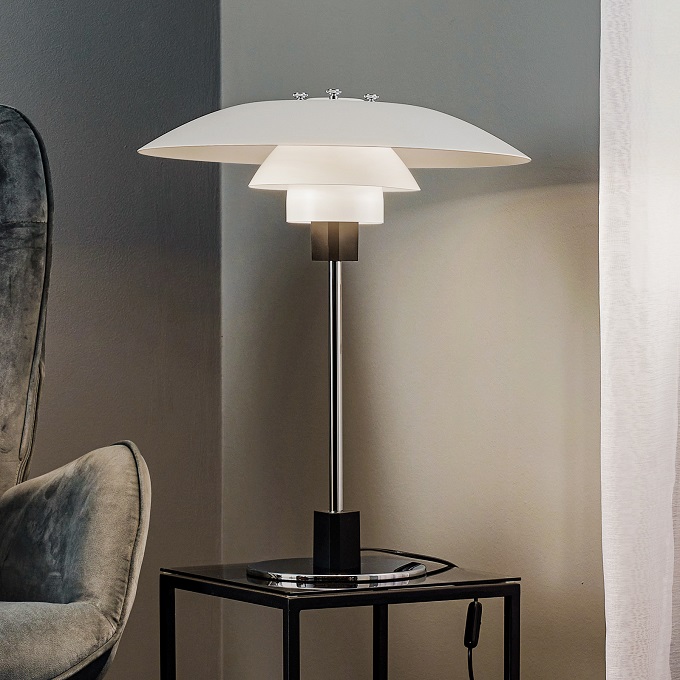Introduction
Blacklight, also known as ultraviolet (UV) light, emits light in the range of 320 to 400 nanometers (nm) in wavelength, invisible to the human eye. However, certain items that contain fluorescent dyes or pigments can absorb this light and emit a visible glow, revealing stunning and often surprising colors. In recent years, blacklight has become increasingly popular in entertainment, art, and science, offering exciting new ways to explore the world around us. In this article, we will delve deeper into the world of blacklight and discover its many uses and applications.
The Science behind Blacklight
UV light is part of the electromagnetic spectrum, which includes radio waves, microwaves, infrared radiation, visible light, ultraviolet radiation, X-rays, and gamma rays. UV radiation can be further divided into three categories: UV-A (320-400 nm), UV-B (280-320 nm), and UV-C (100-280 nm). While UV-C is the most harmful to living organisms, it is mostly absorbed by the Earth’s atmosphere and does not reach the surface. UV-A and UV-B, on the other hand, can cause damage to our skin and eyes, leading to sunburn, premature aging, and even cancer.
However, UV light also has many positive effects on our health and environment. It is essential for the synthesis of vitamin D in our skin, which is crucial for bone health and immune function. UV also plays a vital role in the environment by helping to break down pollutants and sterilizing surfaces and water.
When UV-A light interacts with certain compounds, such as fluorescent dyes or pigments, it causes these materials to become excited and emit light, creating a visible glow. This phenomenon is called fluorescence and is the basis for many blacklight applications.
Applications of Blacklight
Entertainment: Blacklight has been used in entertainment for decades, offering a unique and mesmerizing experience. Blacklight parties, where guests wear clothing and accessories that glow under UV light, are popular among youth and adults alike. Neon signs, posters, and murals that incorporate fluorescent colors also become eye-catching and vibrant under blacklight. In recent years, blacklight has become a popular element in music festivals and concerts, with performers and audiences alike enhancing their experience with fluorescent colors and lights.
Art: Blacklight has opened up a whole new world for artists, providing a medium to create stunning and surreal works of art. By using fluorescent paints, pigments, or dyes, artists can create otherworldly landscapes or create the illusion of movement. Blacklight also enables artists to experiment with unique techniques, such as airbrushing, stenciling, or spraying, to create intricate and vivid designs.
Science: Blacklight has diverse applications in science and research. Fluorescence can be used to detect biomolecules, such as DNA or proteins, in complex mixtures for analytical and diagnostic purposes. It can also be used to track the movement of cells or organisms in vivo, providing crucial information for medical or environmental studies. Additionally, blacklight can reveal otherwise invisible traces of bodily fluids, such as blood or semen, for forensic investigations.
Safety Considerations
While blacklight can offer a fun and exciting experience, it’s essential to remember some safety considerations.
Eye safety: UV radiation can cause damage to our eyes, leading to cataracts, corneal damage, or even blindness. Therefore, it’s crucial to avoid prolonged exposure to blacklight and to wear protective eyewear if necessary.
Skin safety: UV radiation can also cause skin damage, leading to sunburn, premature aging, or skin cancer. Therefore, it’s important to limit exposure to blacklight and wear protective clothing if necessary.
Chemical safety: Fluorescent dyes, pigments, and paints may contain harmful chemicals, such as heavy metals or solvents. Therefore, it’s essential to use these materials in a well-ventilated area and to follow manufacturer’s instructions carefully.
Conclusion
Blacklight has revolutionized the way we experience the world, offering a unique and captivating perspective. From entertainment to art to science, blacklight has countless applications and opportunities for exploration. However, it’s essential to remember the safety considerations and use blacklight responsibly. As we continue to uncover the potential of blacklight, who knows what new and innovative applications we will discover in the future.
















